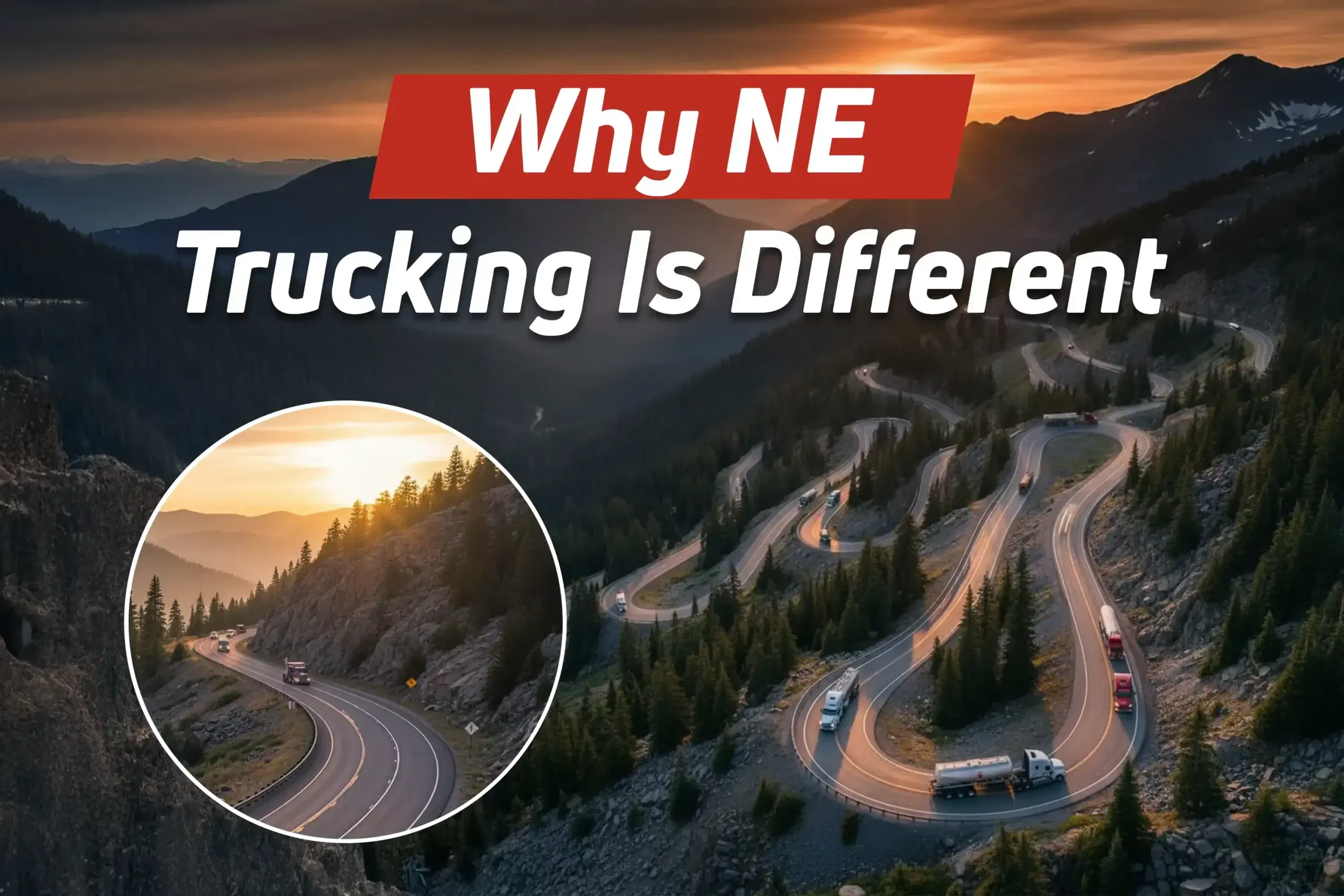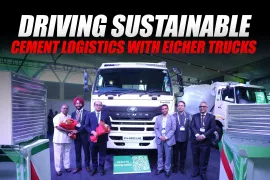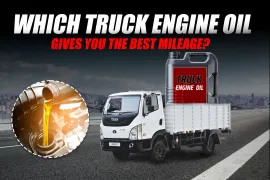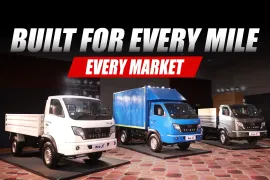Trucking in Northeast India can present challenges different from the rest of the country. The steep slopes, fragile hill roads and unpredictable weather make any freight movement slower and quite a bit more complex. In fact, even with upgraded infrastructure, truck drivers have to work skilfully and use local knowledge.
Terrain That Sets Its Own Rules
In the northeastern hill region, roads cling to slopes and can be extremely narrow and sharply. Trucks do not drive faster because steep climbs and sharp descents require constant gear shifting. Heavy freight loads increase the strain on both engines and brakes, so operators try to use lighter vehicles and lighter cargo. In many stretches, there are no alternative routes, so a landslide on NH-6 or NH-37 closes the roads for hours. Unlike highways in the plains, these narrow ridge roads call for a constant state of alertness.
Weather and Infrastructure That Disrupt Predictability
The weather conditions in the area makes trucking a lot more difficult. Monsoon rains cause frequent landslides and wash away sections of roads, while heavy fog in the high altitude reduces visibility. Winter ice, especially in Arunachal Pradesh and Sikkim, slows the trucks further. Infrastructure improvements, such as tunnels, bridges and lane-widening projects, are under construction but inconsistent. A ruptured culvert or a stalled renovation can take out a critical corridor, leaving little room for movement. Delays, because of that, become hard to predict in the region, and as such, fleet and movement planning needs to take them into consideration.
Border Dynamics and Freight Patterns That Shape Operations
The Northeast shares borders with Bhutan, Bangladesh, Myanmar and China, adding to the rules for trucks. Border checkpoints and security permits slow movement even within Indian states. Cross-border trade adds customs inspections and long queues, while the return-load shortage remains a constant problem. Imports of fuel, cement, food and consumer goods flow into the region, while exports of tea, bamboo and horticulture products are much smaller in volume. Owners cope with these conditions by using smaller trucks, monitoring routes closely, and carrying extra spares since maintenance facilities are far apart.
Conclusion
Trucking in Northeast India will remain governed by certain unique constraints imposed by terrain, climate and borders. Though infrastructure upgrades will improve access, transport here will still be slower, tactical and reliant on local knowledge. Freight movement here is continuing to follow the realities of the region, making Northeast hill trucking a distinct model in India.
91Trucks is the place to go for all things commercial vehicles. If you need a new or used truck for your business, check it out. We have everything you need, from detailed reviews and exact specs to the best deals that fit your business needs. Stay up to date on the latest news, analysis, and stories from the business.
Follow us on Facebook, Instagram, and LinkedIn, and subscribe to our YouTube channel to get the latest news and videos from experts!
Read More
Web Stories
Latest Trucks News
Categories
91trucks is a rapidly growing digital platform that offers the latest updates and comprehensive information about the commercial vehicle industry.









